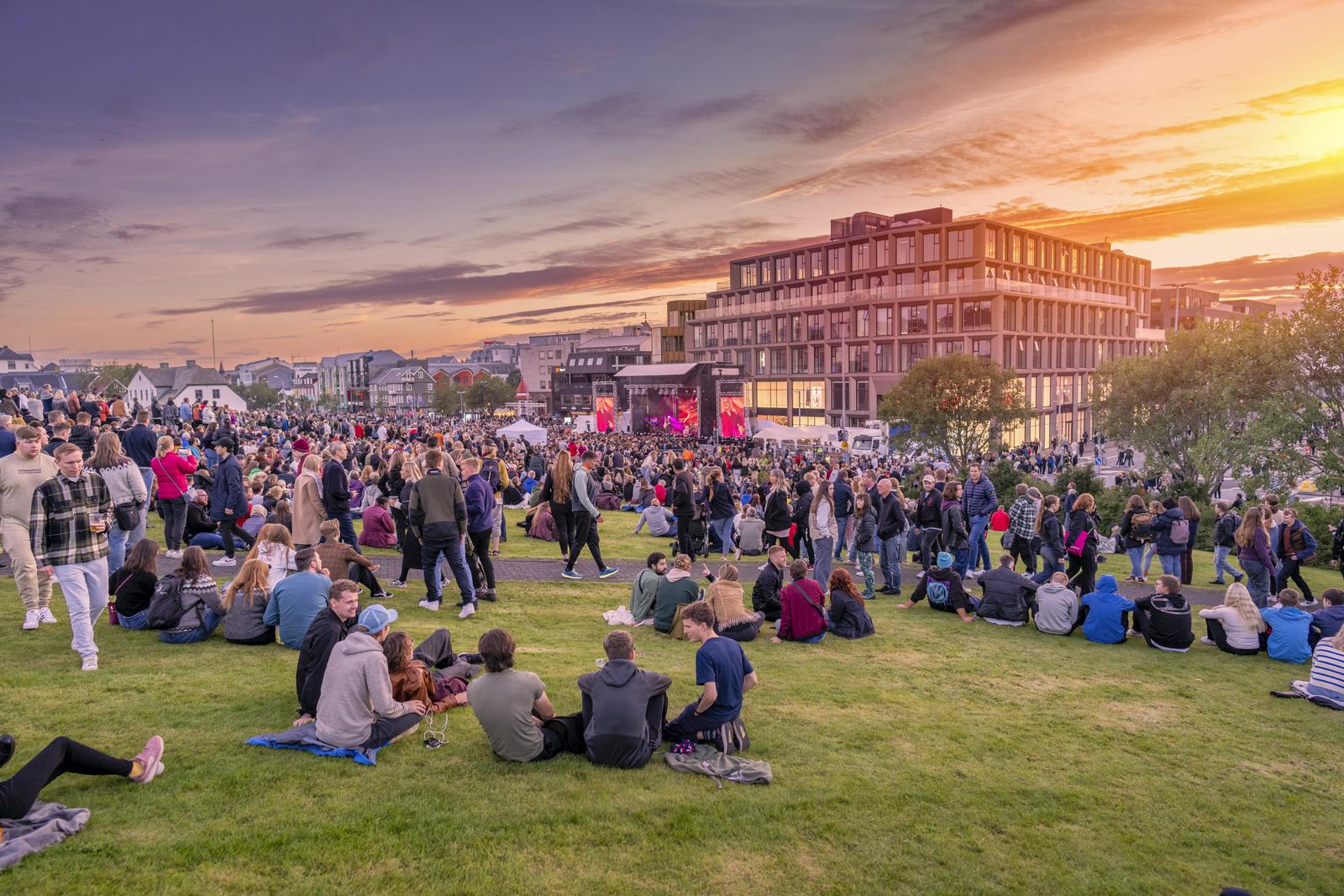
Reykjavik's population through the ages
Iceland is known for having a small population. If you counted everyone in the entire country, you'd reach a total of just 387,758 people. That makes it one of the smallest nations in Europe; to put that figure in context, the population of every single one of the 27 EU member states is larger. Unsurprisingly, that means Reykjavik too is pretty small. But how have things changed over time in the Icelandic capital? Let's take a look at some statistics to find out about Reykjavik's population through the ages.

How do you define Reykjavik's population?
The first thing demographers and statisticians do when investigating population change is to define their study area. Stating the population of a city is actually less clear-cut than you might think. Infilling over time can muddy the waters, and boundaries are often redrawn. How do you decide where a city ends, particularly if there's no clear gap between it and the neighbouring urban area?
Reykjavik forms the most significant urban area within the Icelandic capital region, which comprises seven municipalities in all. As well as Reykjavik, these are Kópavogur, Hafnarfjörður, Garðabær, Mosfellsbær, Seltjarnarnes and Kjósarhreppur. All except Kjósarhreppur form what's referred to as the Greater Reykjavik area.
So how many people live there?
This wider region accounts for about 63% of Iceland's population, making the current population an estimated 242,995 people. Slim that down to Reykjavik itself, and that number shrinks to about 139,875 people. Kópavogur and Hafnarfjörður add a little over 58,000 residents between them. Whichever way you look at it, that's still a sizeable figure for a country of Iceland's size.
In March 2023, Iceland Review reported a record 2.8% increase in population in the Reykjavik area, adding a further 6651 residents to the early 2022 total. But the birth rate alone can't account for such significant growth. Statistics Iceland gives us a clue as to what else might be contributing to population change.

This body also records the number of immigrants, and in 2019, they reported that 18.6% of the Reykjavik population – almost one in five – were first or second-generation immigrants. In comparison, until the late 1990s, that figure would have been less than 2%. Tourism offers one explanation: its service sector job opportunities can be attractive to foreign-born workers.
How has the Reykjavik population grown over time?
Reykjavik started out as the site of a farm chosen by Ingólfur Arnarson when he and his people established the first settlement in Iceland in 874. For centuries, it retained its rural character, and the population hardly grew. The first census in Iceland took place in 1703, recording a countrywide total of 50,366 people. 2607 of them lived in Gullbringusýsla, which encompassed the area covered not only by present-day Reykjavik but also the Reykjanes peninsula.
In the 18th century, things began to change as the ruling Danes granted the place a trading charter, and Reykjavik, as an urban centre, began to take shape. The population began to grow. Nevertheless, it was slow and steady: in 1901, just 6321 people lived in Reykjavik. By the time Iceland gained sovereign status from Denmark in 1918, the city's population had swelled to 15,328 – or 18,815 if you take the capital region as a whole.

Fast forward to 1944, the year full independence was achieved, and those figures became 44,281 and 50,503, respectively. When Gorbachev and Reagan met at Höfði House in 1986, there were 91,497 people who could legitimately have rung a friend and told them of the momentous occasion taking place right in their own backyard. The Reykjavik population had crept up to something befitting a capital city and has stayed buoyant ever since.
What else has changed?
Population isn't the only thing that's changed over time in Reykjavik. The cityscape is constantly evolving, and new life is breathed into old structures. Did you know, for example, that the hill on which Perlan stands was the site of the first district heating tank, erected in 1939? Over the next couple of decades, five more joined that original tank. Building crews tore down the six of them in the late 1980s.

The glass dome that you see today topped half a dozen brand-new tanks, the spectacular centrepiece of Perlan Museum when it was inaugurated in 1991. Today, the place forms one of Reykjavik's top visitor attractions, so why not come and experience it for yourself next time you're in Iceland?







